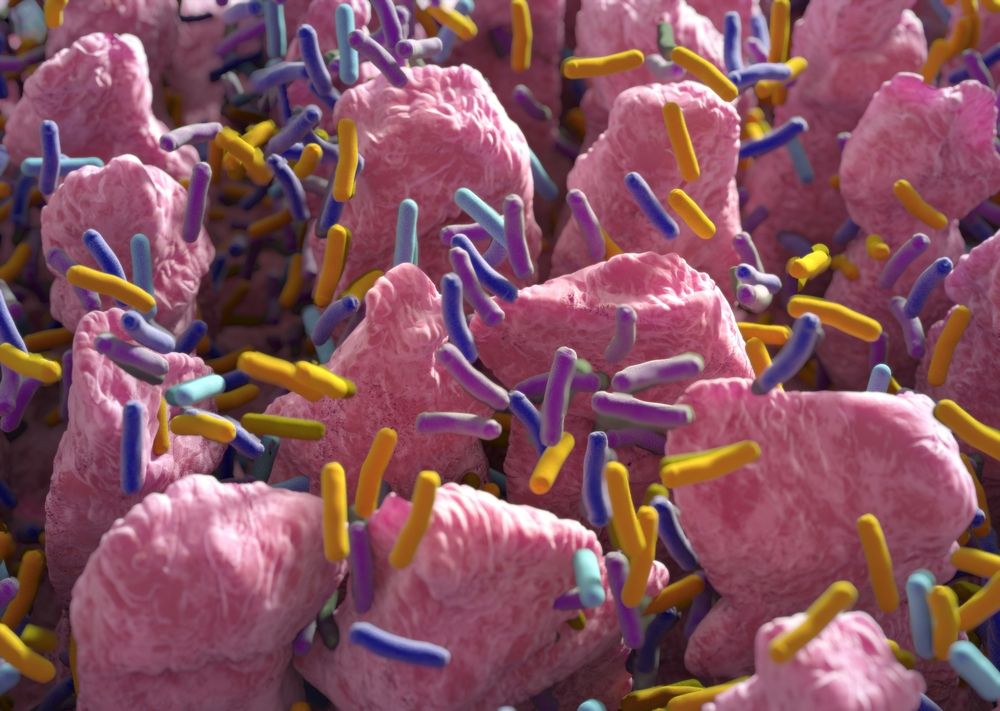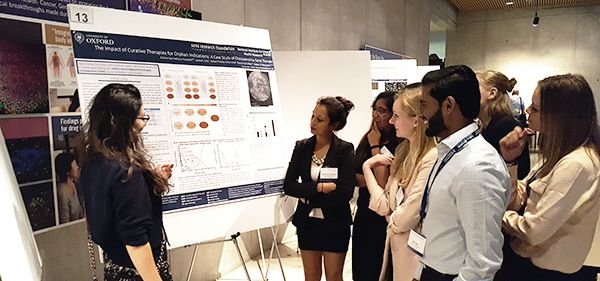A two-in-one solar bio-battery and solar panel has been created by researchers who printed living cyanobacteria and circuitry onto paper.
Cyanobacteria are photosynthetic micro-organisms that have been on Earth for billions of years. They are thought to be the primary reason why the Earth’s atmosphere is oxygen rich.
Now, a team has demonstrated that cyanobacteria could be used as an ink and printed from an inkjet printer in precise patterns onto electrically conductive carbon nanotubes, which were also inkjet-printed onto the piece of paper. The team showed that the cyanobacteria survived the printing process and were able to perform photosynthesis so that small amounts of electrical energy could be harvested over a period of 100 hours.
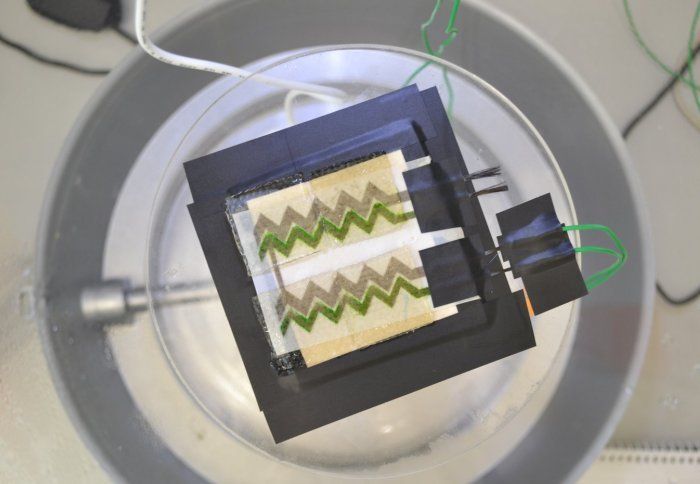


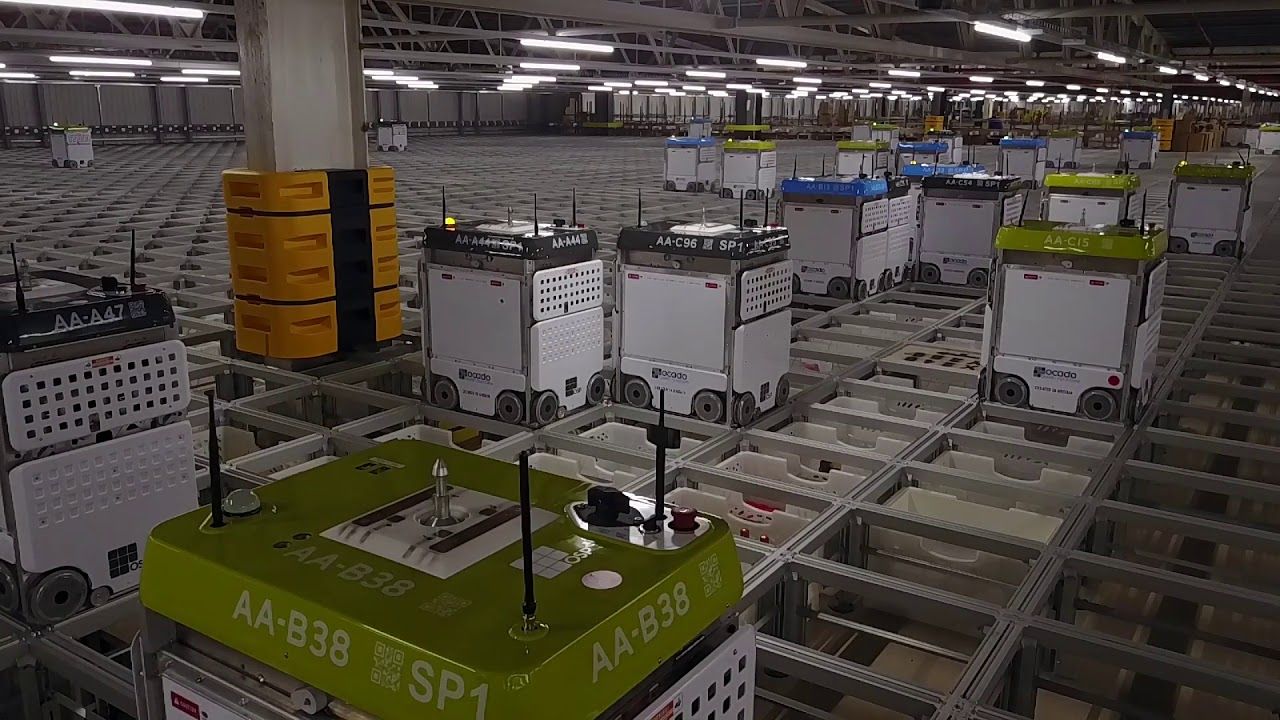
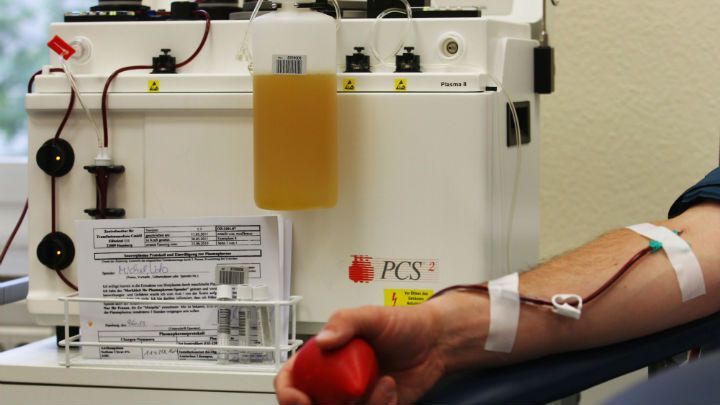

 עברית ( Hebrew )
עברית ( Hebrew )
